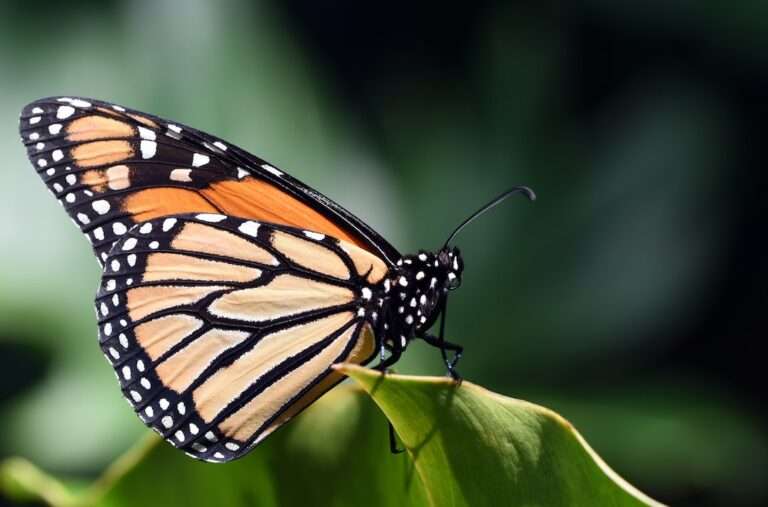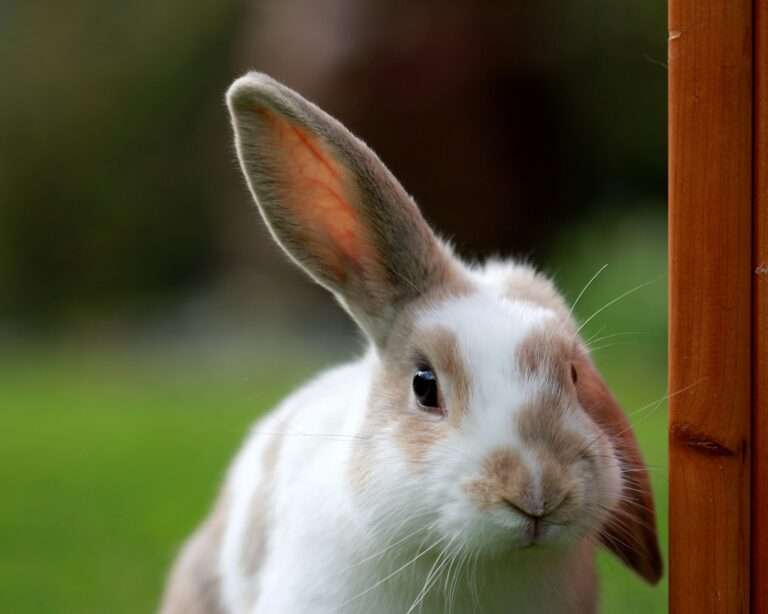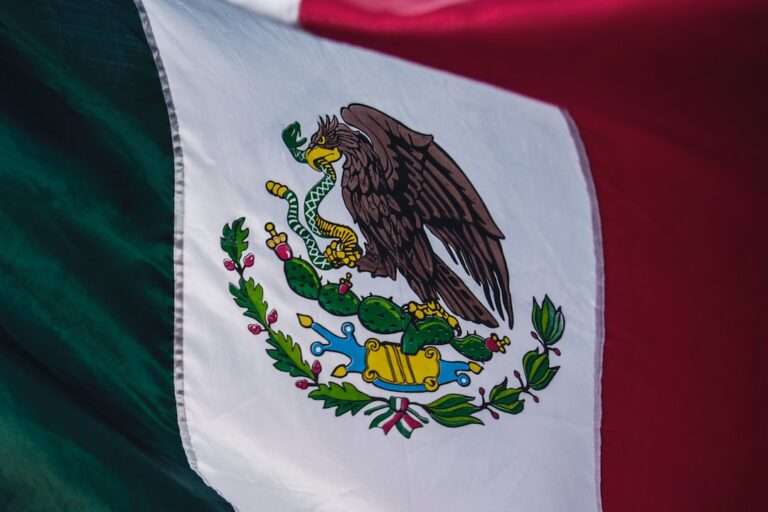The Majestic Lion: Exploring the Symbolism and Significance of the King of the Jungle
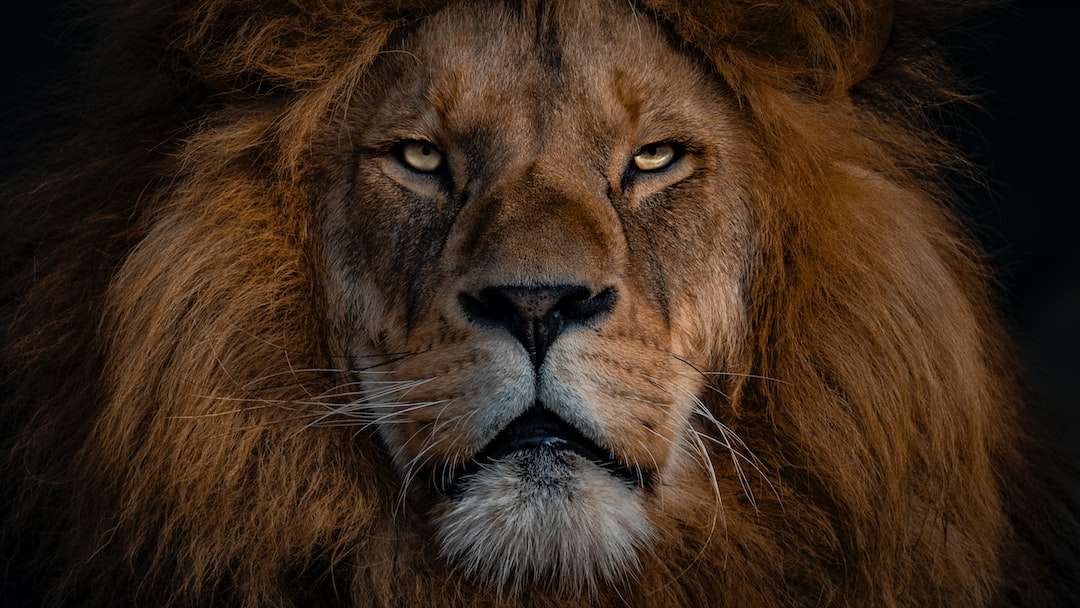
The lion, often referred to as the “king of the jungle,” holds a significant place in various cultures and ecosystems around the world. With its majestic appearance and powerful presence, the lion has captivated the human imagination for centuries. From mythology and folklore to art and literature, the lion has been revered as a symbol of strength, courage, and royalty. In addition to its cultural significance, the lion plays a crucial role in the food chain and ecosystem as a top predator. However, despite its iconic status, lions face numerous threats to their survival. This article will explore the many facets of the mighty lion, from its symbolism in different cultures to its physical characteristics, social structure, hunting techniques, and conservation efforts.
Key Takeaways
- Lions have played a significant role in mythology and folklore across cultures.
- The physical characteristics of lions, such as their powerful jaws and sharp claws, make them formidable predators.
- Lions play a crucial role in the food chain and ecosystem as apex predators.
- Lions live in prides with complex social structures and strong family bonds.
- Lions communicate through roaring and territorial marking, which helps maintain their dominance in their habitat.
- Lions have developed hunting techniques and adaptations that allow them to successfully hunt prey.
- Lions are often seen as symbols of strength, courage, and royalty in various cultures.
- Lions have been depicted in art and literature throughout history, showcasing their cultural significance.
- Lion populations are threatened by habitat loss and poaching, but conservation efforts are being made to protect them.
- Coexistence with humans and education about the importance of lions are crucial for their future survival.
The Lion’s Role in Mythology and Folklore Across Cultures
The lion has long been a symbol of power, courage, and royalty in various mythologies and folklores around the world. In ancient Egyptian mythology, the lion was associated with the sun god Ra and was often depicted as a protector of pharaohs. In Greek mythology, the Nemean Lion was a fearsome creature that Hercules had to defeat as one of his twelve labors. In Hindu mythology, the lion is associated with the goddess Durga and is seen as a symbol of strength and protection.
In African folklore, lions are often portrayed as wise and noble creatures. The Maasai people of East Africa have a strong cultural connection with lions and believe that their warriors possess the same qualities as lions – bravery, strength, and leadership. In many African cultures, lions are seen as symbols of power and are often associated with kings and chiefs.
Understanding the Physical Characteristics of the Mighty Lion
The lion is a large carnivorous mammal that belongs to the Felidae family. It is known for its muscular build, large head with a prominent mane (in males), and sharp retractable claws. Adult male lions can weigh between 330 to 550 pounds and measure around 4 to 5 feet tall at the shoulder. Female lions, known as lionesses, are slightly smaller and lighter than males.
One of the most distinctive features of male lions is their mane, which varies in color from blond to black. The mane serves as a form of protection during fights with other males and also plays a role in attracting females. Female lions lack a mane and have a more streamlined appearance. Both male and female lions have sharp teeth and powerful jaws, which they use to capture and kill their prey.
The Lion’s Place in the Food Chain and Ecosystem
| Animal | Prey | Predator | Role in Ecosystem |
|---|---|---|---|
| Lion | Antelopes, zebras, buffaloes, giraffes, etc. | None (apex predator) | Regulates prey populations, maintains balance in the food chain, contributes to nutrient cycling through scavenging |
As top predators, lions play a crucial role in maintaining the balance of ecosystems. They primarily feed on large herbivores such as zebras, wildebeests, and buffalo. By preying on these herbivores, lions help control their populations, preventing overgrazing and ensuring the survival of other plant and animal species.
Lions also scavenge on carcasses left behind by other predators, further contributing to the recycling of nutrients in the ecosystem. Their presence can even affect the behavior of other animals, as many species alter their behavior to avoid areas where lions are present.
The Lion’s Social Structure: Pride Dynamics and Family Bonds
Lions are highly social animals that live in groups called prides. A pride typically consists of several related adult females, their offspring, and a few adult males. The size of a pride can vary from a few individuals to more than 20 members.
Within a pride, lionesses play a crucial role in hunting for food and raising the cubs. They work together to bring down large prey, using their strength and coordination to overpower their victims. Male lions, on the other hand, are responsible for defending the pride’s territory from intruders.
The social structure within a pride is hierarchical, with the dominant male, known as the pride leader or alpha male, having the highest status. The alpha male is responsible for protecting the pride and mating with the females. Other males in the pride are usually younger and less dominant, and they may eventually leave to form their own prides.
The Lion’s Roar: Communication and Territorial Marking
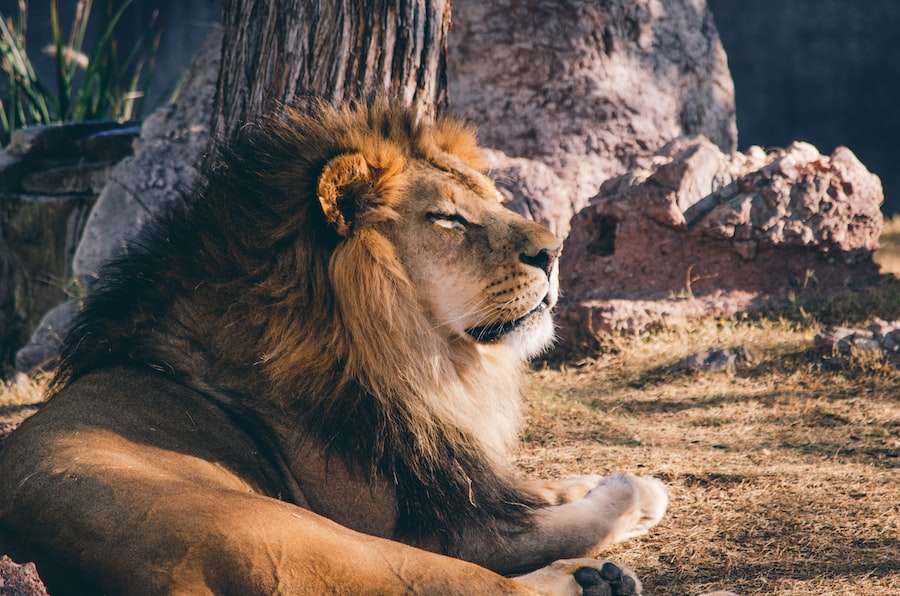
Lions communicate with each other through a variety of vocalizations, with the most iconic being their roar. The roar of a lion can be heard from up to 5 miles away and serves as a way to communicate with other members of the pride and establish territory.
In addition to vocalizations, lions also use scent marking to establish their territory. They have scent glands located on their paws, face, and tail, which they use to mark trees, rocks, and other objects in their territory. This scent marking helps deter other lions from entering their territory and serves as a form of communication between prides.
The Lion’s Hunting Techniques and Adaptations
Lions are skilled hunters that use a combination of stealth, teamwork, and speed to capture their prey. They often hunt in groups, with lionesses working together to surround and bring down their target. Their powerful jaws and sharp teeth allow them to deliver a swift and lethal bite to the neck or throat of their prey.
Lions are also well-adapted for hunting in various environments. Their muscular bodies and strong legs enable them to chase down prey over long distances, while their keen eyesight and hearing help them locate potential targets. Additionally, their retractable claws provide them with excellent grip and traction when running or climbing.
The Lion as a Symbol of Strength, Courage, and Royalty
Throughout history, the lion has been used as a symbol of strength, courage, and royalty in art, literature, and culture. In ancient civilizations such as Egypt and Mesopotamia, lions were often depicted in sculptures and paintings as symbols of power and authority. In medieval Europe, lions were associated with royalty and were often used in heraldry and coat of arms.
In literature, the lion has been featured in numerous fables, stories, and poems. In Aesop’s fables, the lion is often portrayed as a wise and powerful creature. In William Shakespeare’s play “Macbeth,” the lion is used as a symbol of bravery and courage.
Threats to Lion Populations: Conservation Efforts and Challenges
Despite their iconic status, lions are facing numerous threats to their survival. Habitat loss, human-wildlife conflict, poaching, and trophy hunting are some of the major challenges that lions face today. As human populations continue to expand and encroach upon lion habitats, conflicts between humans and lions become more frequent.
Conservation efforts are underway to protect lion populations and their habitats. National parks and protected areas have been established to provide safe havens for lions, and initiatives are being implemented to reduce human-lion conflicts. However, conservation efforts face challenges such as limited funding, lack of political will, and the illegal wildlife trade.
The Future of Lions: Coexistence with Humans and the Importance of Education
The future of lions depends on our ability to coexist with them and protect their habitats. Education plays a crucial role in promoting lion conservation by raising awareness about the importance of lions in ecosystems and the need to protect their habitats.
By educating local communities about the value of lions and providing alternative livelihoods, we can reduce human-lion conflicts and promote sustainable coexistence. Additionally, efforts to combat illegal wildlife trade and strengthen law enforcement are essential in protecting lions from poaching and trophy hunting.
The lion holds a significant place in various aspects of life, from mythology and folklore to ecosystems and conservation efforts. Its symbolism as a symbol of strength, courage, and royalty has transcended cultures and time. However, the future of lions is uncertain, and urgent action is needed to protect these magnificent creatures. Through education, conservation efforts, and sustainable practices, we can ensure the survival of lions for future generations to admire and appreciate.
If you’re fascinated by the symbolism of the lion, you might also be interested in exploring the symbolism of the sun. The sun holds immense significance in various cultures and religions, representing power, vitality, and enlightenment. To delve deeper into this topic, check out this insightful article on SymbolismHub. It explores the multifaceted meanings associated with the sun and how it has been interpreted throughout history.
FAQs
What is lion symbolism?
Lion symbolism refers to the use of lions as a representation of certain ideas, qualities, or concepts in various cultures and religions.
What do lions symbolize?
Lions are often associated with strength, courage, power, and royalty. They are also seen as protectors and guardians.
What cultures use lion symbolism?
Lion symbolism can be found in various cultures, including African, Asian, European, and Middle Eastern cultures. It is also used in many religions, such as Christianity, Judaism, and Islam.
What is the significance of lions in African culture?
In African culture, lions are often seen as symbols of strength, courage, and leadership. They are also associated with royalty and are sometimes used as a symbol of a tribe or clan.
What is the significance of lions in Christianity?
In Christianity, lions are often used as a symbol of Jesus Christ, who is referred to as the “Lion of Judah” in the Bible. Lions are also associated with courage and strength in Christian symbolism.
What is the significance of lions in Hinduism?
In Hinduism, lions are often associated with the god Vishnu, who is sometimes depicted riding on a lion. Lions are also seen as symbols of power and strength in Hindu mythology.
What is the significance of lions in Islam?
In Islam, lions are often used as a symbol of strength and courage. They are also associated with the Prophet Muhammad, who is said to have had a pet lion named Sakran.
